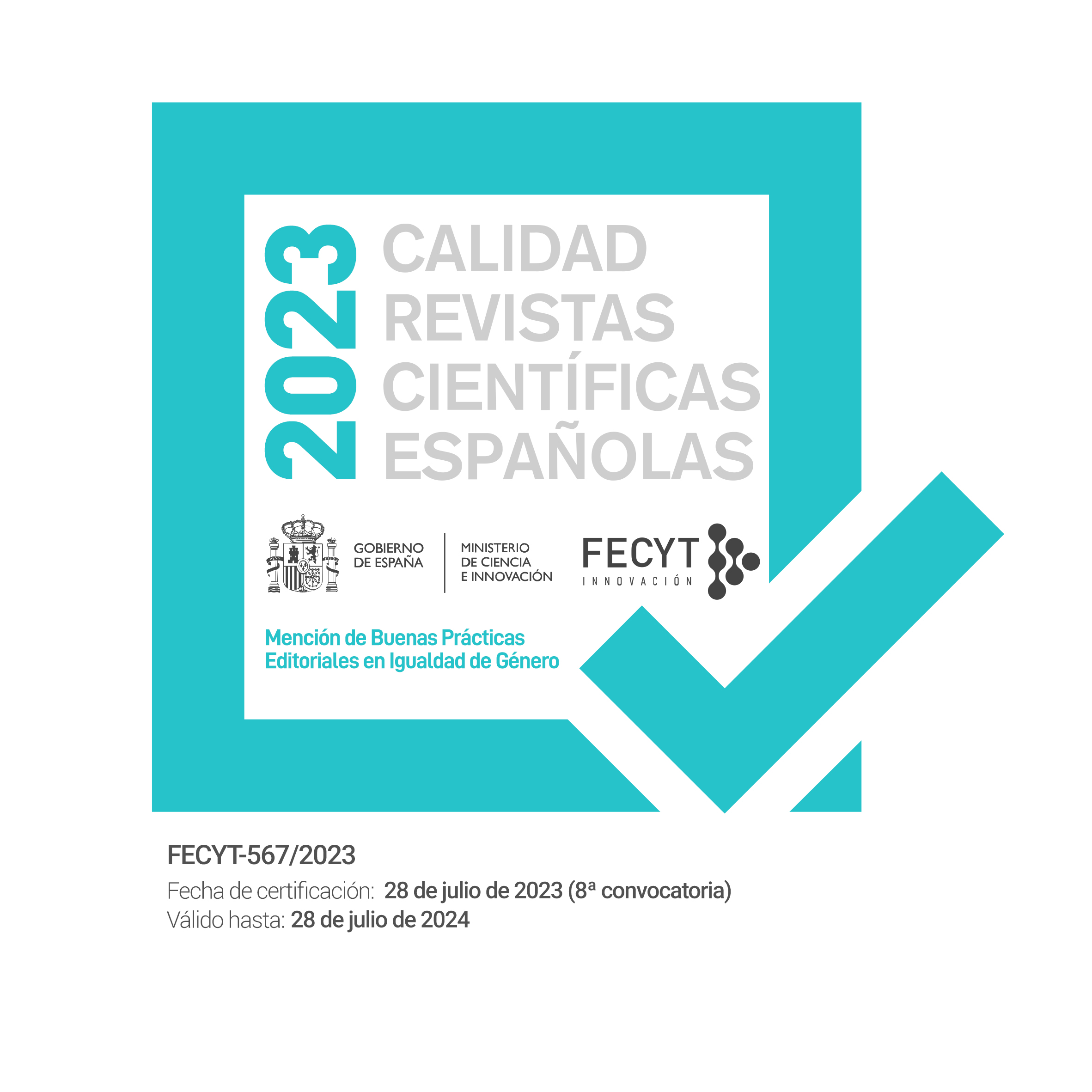Old stories for today's readers: children's reception of The tortoise and the ducks fable
DOI:
https://doi.org/10.35869/ailij.v0i16.1343Keywords:
popular literature, fable, jataka, rewrite, adaptation, La FontaineAbstract
Fable has traditionally targeted children because of its simplicity, its characters and its didactic possibilities. It has been changing to suit new contexts of reception since its appearance. The most famous stories in the West culture come from two traditions: the classical (Aesop) and the Indian one. The latter starts with the Buddhist jataka, becomes established with the Pancatantra and is transmitted throught Kalilah wa Dimna. In the Middle Ages, stories of both origins were widely known in different collections. In the following centuries, they frequently interfered with each other, due to their popularity. This led to false attributions, contaminations and versions. In the seventeenth century, the genre revives thanks to La Fontaine, who knew both traditions and spread his own personal versions of many fables. Later, other authors translated, adapted and versioned these stories. In this work we deal with how all these actions affected a specific fable, The Tortoise and the Ducks. It starts with a brief historical review of its origin. Then it continues with its reception in translations, versions and adaptations to Spanish. We will finish with the analysis of some recent rewrites made for children and young people.
Downloads
Downloads
Published
Issue
Section
License
Anuario de Investigación en Literatura Infantil y Juvenil has been published in open access from 2019 (vol. 17). The journal allows the authors to retain publishing rights. Authors may reprint their articles in other media without having to request authorization, provided they indicate that the article was originally published in Anuario de Investigación en Literatura Infantil y Juvenil. The journal holds the copyright of printed issues (volumes 0-16).





